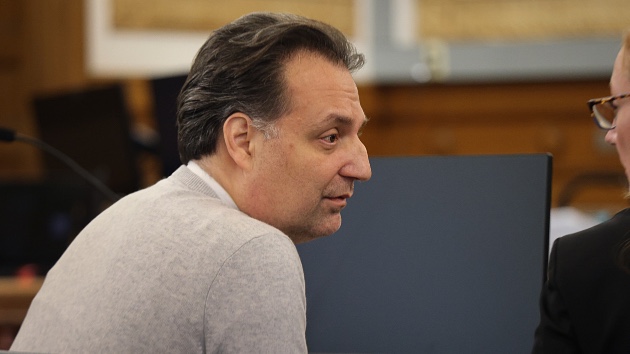Museum exhibit highlights the untold story of New York City’s 19th century Black working-class families
Written by ABC AUDIO ALL RIGHTS RESERVED on February 21, 2024

(NEW YORK) — For years, The Tenement Museum in New York City’s Lower East Side has become a living monument to the stories of 19th and early 20th-century working-class New Yorkers.
The museum is housed in a former tenement building that showcases an interactive learning space with artifacts, exhibits and other programs that have taught visitors the stories of struggle and hard work of immigrant families during that time.
“We had settled on telling the stories of people who actually lived in the building. We’ve scoured public records, census records, city directories,” Laura Lee, the director of training and resources at The Tenement Museum, told ABC News.
That dedicated research led the museum to create a new interactive exhibit in the building that explores the tenement experiences that Black families had to face through the story of a 19th-century couple.
“A Union of Hope: 1869,” recreates the home of Joseph and Rachel Moore, who lived in the Lower East Side in the 1870s, right down to their furniture and even replicas of the food they ate. The exhibit is the first apartment recreation at the museum dedicated to a Black family, according to administrators.
The exhibit also features audio re-enactments of what the free Black community in New York City would have talked about during this time.
Annie Polland, the museum’s president, said the history of the Black community in New York during this time was mostly untold. She noted that the idea behind the exhibit came to be after a visitor looked at old tenement directories on display and noticed there were two listings for a man named Joseph Moore.
One of the Joseph Moore listings had a major distinction, she said.
“Our visitor started asking, ‘Who’s this other Joseph Moore? And what does it mean to have col’d next to their name?'” Polland said. “We would explain that’s a 19th-century term for people of African descent. But then we’re like, ‘well, what would his life be like?'”
The Tenement Museum’s researchers began looking into Moore’s history. Born in New Jersey in 1837, Moore, whose family was not enslaved, lived and experienced one of the biggest transitional moments in American history, according to Lee.
“Slavery was still legal at that time. In his community, there were free Black folks in New Jersey, but also there would have been some enslaved folks, too,” she said.
Lee said that the tenement building that the couple lived in housed a diverse group of families.
“We see a lot of Black and Irish folks creating a family together. So you’ll see households, you’ll see marriages, you’ll see children who are listed as mulatto, which was the term for mixed race at that time,” she said. “I think it’s surprising for people to see these two communities coming together and creating space in the most intimate ways.”
Kojo Senoo, an educator at the Tenement Museum, told ABC News that the Moores worked numerous jobs, including a waiter, coachman and various domestic labor roles, which encapsulated what the labor force looked like for the working class during the late 19th century.
“All of these families essentially come here to this city just to make a better life for their kids, to be able to realize that dream. It’s also with the understanding that a lot of times you have to work together [and] you have to get to know your neighbors. You have to have a community here,” Senoo said.
Lee said she is proud to be able to tell the Moores’ story and showcase a piece of New York’s history that has gone long forgotten.
“To be able to think about how they’re gathering at home and what that home might feel like…I think I’m just really excited to be able to even connect with folks in that way,” she said.
Copyright © 2024, ABC Audio. All rights reserved.





